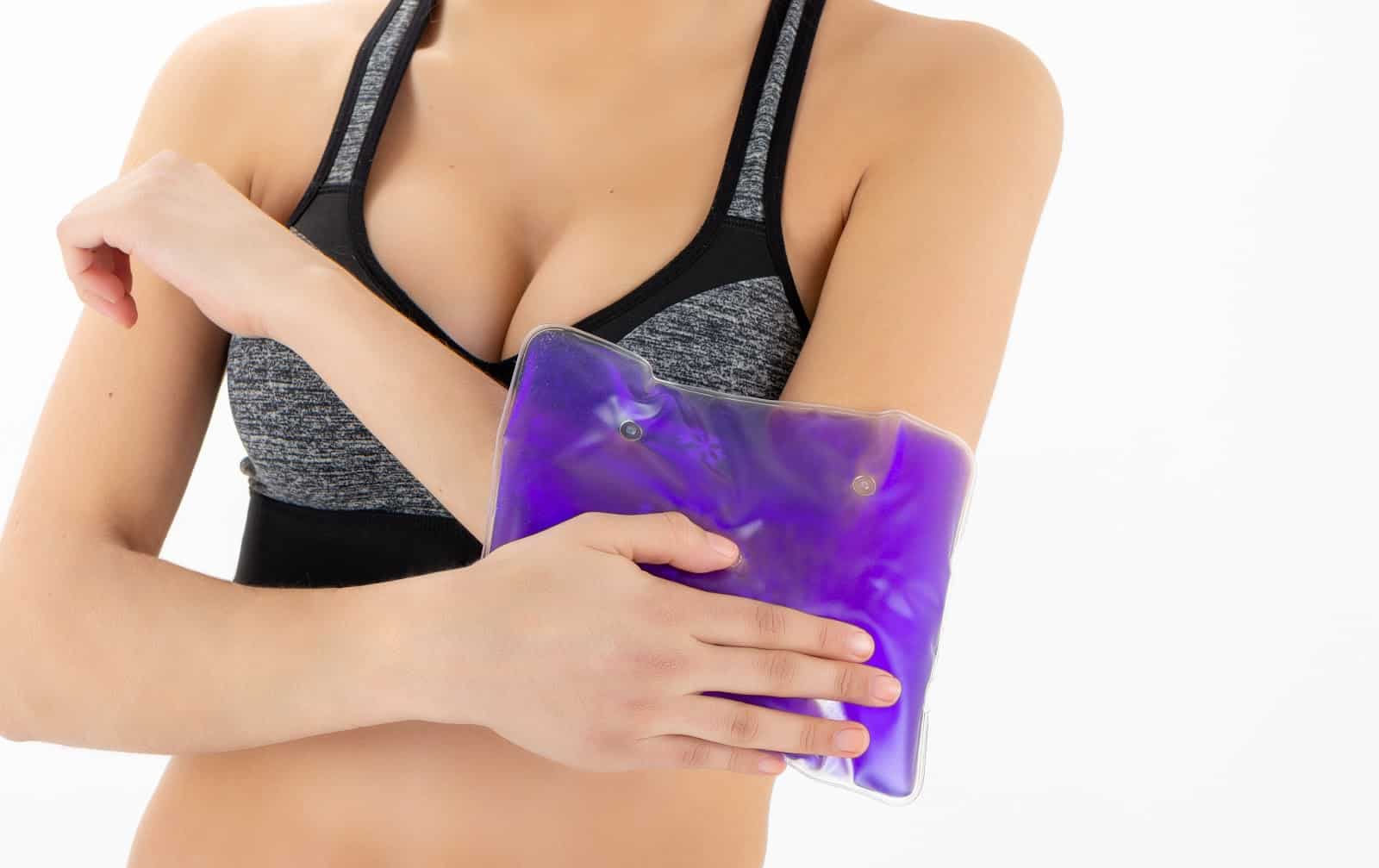
Studies have proven RICE wrong for ages — here’s what we should be doing instead…

—-Important Message—-
How to turn high cholesterol into high testosterone
I’ve discovered a natural way to get the body to take high cholesterol levels…
…and transport it down to the testicles where the Leydig cells are…
…and turn this high cholesterol into high testosterone!
To tell you the truth, it’s actually a natural process the body does automatically…
But sometimes this process gets disrupted as men age, and from the meds we’re taking, and the foods we’re eating.
I guarantee you’re going to love the benefits it gives you “down below”…
———-
How icing an injury can hurt your healing
Sometimes there are big, fat cultural myths that everyone believes are true, but that actually do WAY more harm than good.
One of them I talk about all the time is the advice from doctors to eat polyunsaturated fatty acids (PUFA fats) – such as soy oil, corn oil, canola oil and fish oil.
This leads to all kinds of problems in our bodies and anchors uncontrolled internal inflammation.
You should be eating fully saturated fats such as butter and coconut oil instead. But that’s a subject for another article.
Today I’m going to talk about another cultural myth – the RICE protocol.
This is the idea that you should always use ICE on your injuries.
But… this practice may be doing more harm than good.

The RICE protocol isn’t based on research.
Dr. Gabe Mirkin, the doctor who invented the RICE protocol, didn’t base the idea on research.
It was based on what other doctors were doing at the time.
Here’s what he has to say in an article on menshealth.com:
“‘I didn’t recommend anything on the basis of extended research. I recommended what everyone was doing at the time.’ And because ‘RIC’ just wasn’t that catchy, and a gravitational assist can help blood and fluid be reabsorbed by the body, Mirkin added an ‘E’ at the end for ‘elevation.’ It made for a nice slogan: ‘RICE is Nice.’”
Because of his recommendation, ice therapy became the go-to therapy for sports injuries and other soft tissue damage.
It’s what nearly every doctor recommends – and you might even have specialized ice packs in your freezer for treating injuries.
The big problem is that it only really works for one thing: pain reduction.
Ice does relieve pain – temporarily.
The medical community is right about one thing. Ice works to reduce pain.
If you’ve ever used ice on an injury or arthritis, then you know that ice therapy can work wonders for pain.
In fact, for temporary pain relief there is very little that works better.
“No study can dispute that ice is the cheapest, most readily available non-habit-forming way to alleviate pain. But be warned: The pain will return once the tissue rewarms and the inflammatory response resumes.”
So… The pain will come back as soon as the ice is removed and inflammation returns.
This can cause people to use ice over and over again to try and get relief from the pain.
The problem with this is that the ice doesn’t help with long-term recovery.
Ice doesn’t speed healing.
We know for sure that there is no evidence that ice actually speeds healing.
Many studies have been done and the conclusions are murky at best.
“There is insufficient evidence to suggest that cryotherapy improves clinical outcome in the management of soft-tissue injuries.”
And yet, even without any evidence, most doctors, physical therapists, and sports coaches will recommend ice as a solution for soft-tissue injuries.
But it simply isn’t true. Ice does NOTHING to speed up the healing process.
In fact, it may cause harm.
Ice may harm healing.
But it doesn’t stop there. Ice probably isn’t even neutral.
Because it slows down the inflammatory response, it can actually SLOW down healing.
“The inflammatory response needs to happen. The three stages of healing for soft-tissue injuries are now universally accepted by the medical community: inflammation, repair, and remodeling. And you can’t reach the repair and remodeling phases until you’ve gone through Phase One.”
The bottom line:
If you really need immediate relief from pain, ice can help with that.
But you may be trading off a faster healing time when you use ice for the pain because it slows down your body’s inflammatory response – which you need to get to healing.
You have to decide what to do for yourself, but this is one area where I would STRONGLY encourage you to look at the research before you ice your next injury.
—-Important Message For Men Living in Pain—-
73-year-old grandpa fixes 20 years of back pain by doing THIS

Brand-new research has revealed the #1 way for people over 40 to reverse back pain — NATURALLY…
So NO opiates with their terrible side effects, no addictive chemicals whatsoever.
Can you guess what this pain breakthrough is? Click on your answer:
———-
